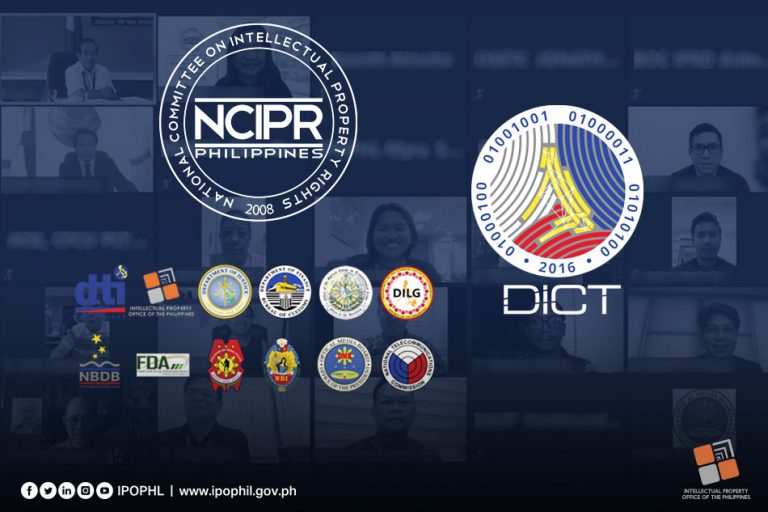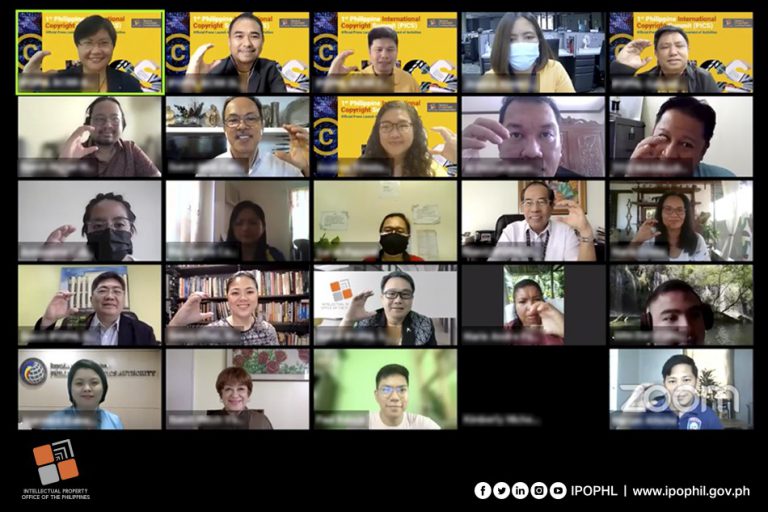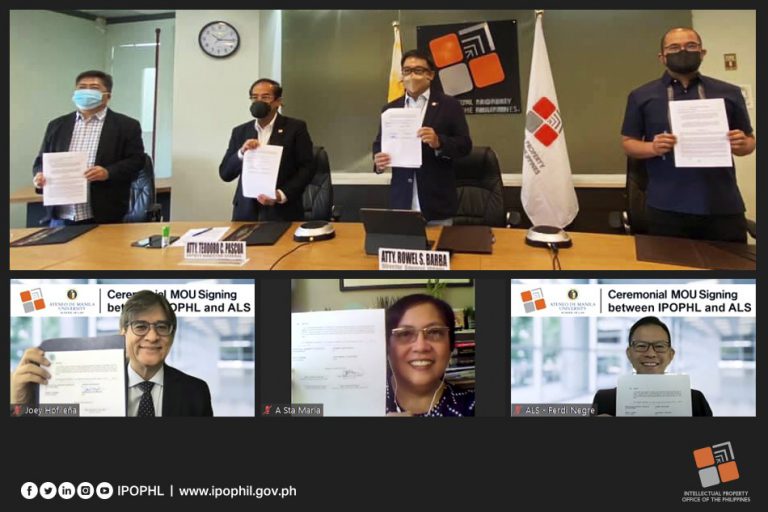
Sealing a sustainable future with the Pili Seal patent
WAGI SA PINOY IP FEATURE SERIES
April 22, 2024 | by Janina Lim
Whenever heavy storms rained on the bungalow of Aeronautical Engineer Mark Kennedy Bantugon’s family in Mabini, Batangas, he and his siblings knew it was time to chew a gum. Using the chewed gum to seal off roof leaks was a creative and frugal fix of Bantugon’s parents whose combined incomes were just enough to give their children of five a decent life and proper schooling.
This is a story Bantugon always recalls from his childhood to explain what could have led him to focus his energy on creating a sealant in high school. His very first invention, the product will eventually be perfected for his undergraduate thesis. But he never imagined himself sharing this story with global investors who would prod about the beginnings of his Pili Sealant, a locally patented product that recently secured a $100 million investment agreement from angel investors in the United States.
The Pili Sealant, now estimated with a valuation of $1.4 billion, aims to provide an alternative to industry sealants, which are laden with toxins destructive to human health and to the environment. Nonetheless, these harmful sealants remain widely used due to the lack of other options.
The Pili Seal hopes to jumpstart the elusive shift of the sealant industry to safer and more sustainable practices. After exceeding the standard levels in 20 different tests on its durability and resistance to fire, fuel leaks, water leaks, tear propagation and weathering, the Pili Seal is proving that sustainability, durability and affordability — as it costs 14 times less than its counterparts — can all fall into one bucket.
Early this year, the Pili Seal started to undertake the review of aviation regulatory agencies, a waiting game that might take two years. But the approval will greenlight the Pili Seal’s entry to the US and European markets and bankroll investments that can add new income streams to over 15,000 pili farmers in the country and help provide a cornerstone to a circular sealant economy.
“To be honest, my only goal in college when I developed the Pili Seal was to bag the ‘Best Thesis’ award but it never happened because of the COVID-19 lockdown,” Bantugon, founder of Pili Seal, reminisced fondly in an interview. But instead of regretting the original unrealized vision for his work, Bantugon has been flying around to meet potential investors, join pitching contests and speak in various conferences to stress the need to commit to a greener and circular future and how the Pili Seal is proving it could be done.
The Pili Seal first gained national attention after winning the James Dyson Award in 2021, which came a week after it won the Socially Relevant Technologies Contest of the Intellectual Property Office of the Philippines (IPOPHL). From there, opportunities began to cascade for Bantugon who went on to bag the collegiate grand winner award at the Ambassador Alfredo M. Yao Intellectual Property Awards 2020 and the grand winner title at the OCBC Sustainability Innovation Challenge 2023 held in Singapore.
 |  |
Photo above: On the table is the Pili Seal in the white tube along with a pile of various wood and metal materials put together by the sealant. Bantugon would always bring the sealed materials in his presentations, throwing them against the wall or on the floor to show how intact they still are more than five years since he started the Pili Seal experiment in 2019. Photo by Mark Kennedy Bantugon. Photo on left: Born to a local farmer and a public school teacher, Bantugon always had a curious mind. He believes his penchant for inventing started at the farm where we would play and experiment with dirt and natural materials lying on the ground. Photo by the Mapua University. |
Sealing the future of the environment
The Pili Seal comes at a time that governments and private companies around the world are beginning to weigh the profits economies and businesses make as against their impact on nature and biodiversity loss. Even the $68.37 billion global adhesives and sealants market has been shifting to more sustainable strategies to deter risks and contribute to the Sustainable Development Agenda 2030. While the Pili Seal is not alone in riding the burgeoning trend for eco-friendly products, Bantugon said many of those already in the market that claim to be green only truly have 30% to 50% of bio-based materials in their formulation. This gives the Pili Seal an advantage as it boasts having over 90% of its mix containing waste from Pili resin.
With an accumulated P15 million in funding from grants and cash prizes from different pitching competitions, the Pili Seal is investing to further sustainability in the lifescycle of its product, from production to disposal. The inventor began experiments in 2023 and found that the Pili Seal can be used as fertilizer. In his experiment, eggplant seedlings grew by a half-inch after two weeks of pouring three grams of unused Pili seal.
“This opens up the opportunity to incentivize future consumers and business users to recycle their sealant tubes in order for Pili Seal to scrape off any left overs we could gather from the end of the tubes, make use of them to give back to nature and reuse these tubes for the next batches,” Bantugon said.
Bantugon is also re-engineering his product to create an eco-friendly adhesive. “Many would confuse sealants and adhesives as the same materials, but they are not,” Bantugon said, explaining that sealants fill in gaps that could disintegrate a structure while adhesives glue materials together. He added that with the protection of his patent over the process of his Pili Seal, this gives him exclusive right to re-engineer the sealant to other technologies and uses which he intends to apply for soon through a separate patent.
International IP protection
While originally targeted for aircrafts, the Pili Seal has also been drawing interest from other sectors, such as aerospace and construction. Later this year, Bantugon will be meeting with investors from the United Arab Emirates to test if his product can withstand the extreme temperatures and varying pressures to have what it takes to be a space-grade sealant. He has also been in talks with construction companies in the Philippines to explore partnerships.
Amid the wide global attention on his technology, Bantugon saw it best to protect his IP in the top countries where investor interest is highest. His pending patent applications in the US, Japan, China, Singapore and India are lodged through the Patent Cooperation Treaty with the assistance of the World Intellectual Property Organization’s Asia Pacific Division and the Philippine embassies in these countries, fulfilling the Pili Seal’s compliance with the requirements of IP offices.
Bantugon is hoping that his fast patent application track at the IPOPHL can be replicated in other IP offices. It may be recalled that Bantugon’s Pili Seal saw one of the swiftest approvals at IPOPHL after receiving a grant in just 1.5 years. Bantugon owes the fast turnaround to the help of the Ateneo Intellectual Property Office (AIPO) in writing his patent claim concisely and with minimal errors, allowing his application to be endorsed for IPOPHL’s early publication.
Early publication allows patent applications to be published before the regular eighteen-month period but not earlier than six months from the filing date. The track is enjoyed by those who claimed for early publication and whose patent claim application have minimal points for clarification and questionable claims.
 IPOPHL Director General Rowel Barba hands the patent certificate to Bantugon, a beneficiary of the Office’s Young Intellectual Property Incentive Program, while Bureau of Patent Director Ann Edillon holds the application. The total turnaround for Bantugon’s patent grant only took one and a half years. Photo by IPOPHL. |
Along with five other Philippine inventions that bagged bronze medals, the inventor clinched the bronze for the construction-related category, which was joined by over 120 participants. The Pili Seal was also one of three homegrown inventions that received the King Khalid University Special Award.. Photo by Mark Kennedy Bantugon. |
Just last week, Bantugon marked his latest global win at the 49th Geneva International Exhibition of Invention, one of the most anticipated global innovation events supported by WIPO and the International Federation of Inventors Association. Beyond the medals, the inventor made new acquaintance with various investors, one of whom he is now in contact with to explore a possible venture.
“With an IP protection, I feel confident in exploring new investment opportunities from exhibits like this. On their end, investors also have a higher guarantee on the legitimacy of an invention when it is a protected IP. Now, a protected IP that has sustainability as a priority, that is always a head-turner in any room and I hope I could find new partners with a common goal,” Bantugon added.








